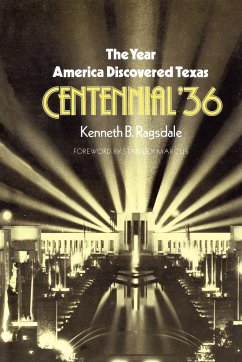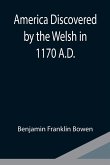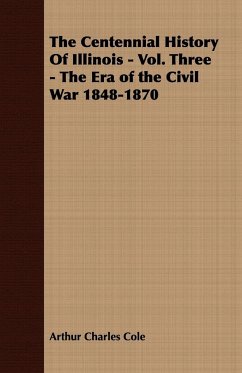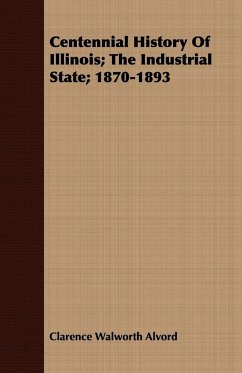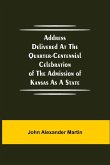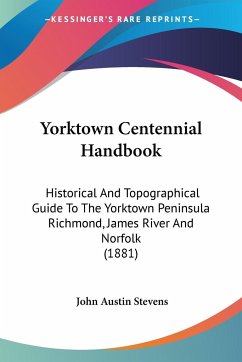"They came, they saw, they liked it," Stanley Marcus recalls of 1936 - the year "the rest of America discovered Texas." That year, in the midst of the nation's depression, the Lone Star State extravagantly celebrated the centennial of its independence from Mexico with fervor, fanfare, and hoop-la. Spawned by pride, patriotism, and a large measure of economic self-interest, the 1936 centennial observances marked a high tide of ethnocentrism in Texas and etched a new image of the state. In 1923 the Advertising Clubs of Texas launched the centennial movement to advertise the state nationally and stimulate tourism and outside investment in the Texas economy. The Texas legislature, responding to a groundswell of patriotism, appropriated $3 million in centennial funding, which the federal government subsequently matched. The state legislature provided for both local celebrations (some 250) and a central exposition. Regional museums, historical restorations, and a statewide historical marker program permanently commemorated the event. The focal point of the celebration was the Central Exposition-a World's Fair-held in Dallas. When Fort Worth staged an unofficial, competing exposition, the slogan was born: "Go to Dallas for Education; Come to Fort Worth for Entertainment." Live radio broadcasts, architectural innovations, industrial progress, and Texas history were showcased in Dallas; Billy Rose's spectacular Frontier Exposition with Sally Rand and the Casa Manana promoted Fort Worth. By the end of the centennial year, America had learned where-and to an extend, what-Texas was. The Lone Star State would never be the same.
